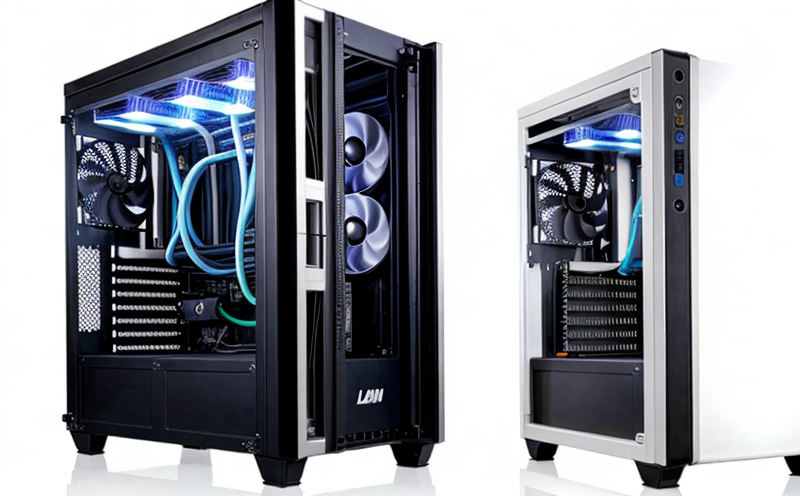ISO 16358 HVAC Unit Performance Measurement
The ISO 16358 standard is a pivotal framework used to measure the performance and capacity of HVAC (Heating, Ventilation, and Air Conditioning) units. This standard ensures that HVAC systems are tested under controlled conditions to accurately reflect their operational capabilities. It provides a robust methodology for measuring key parameters such as air flow rate, temperature distribution, humidity levels, and energy efficiency.
Performance measurement is crucial in the HVAC sector because it allows manufacturers and engineers to optimize system design, enhance product performance, and ensure compliance with regulatory standards. The testing process involves subjecting HVAC units to a series of controlled conditions that mimic real-world operating scenarios. This ensures that the measured data accurately represents how the unit will perform under actual usage.
The standard is particularly important for R&D engineers who need to validate new designs or improvements in existing systems. It provides a standardized approach that allows for consistent and reliable testing across different manufacturers and regions. This consistency is vital for ensuring that HVAC units meet international standards, which can enhance their marketability and compliance with local regulations.
For quality managers and procurement teams, ISO 16358 offers a clear set of criteria to evaluate the performance of HVAC systems. By using this standard, they can ensure that the equipment meets stringent performance requirements before it is installed in critical facilities such as hospitals, data centers, or commercial buildings.
The testing process typically involves placing the HVAC unit within a controlled environment where various parameters are monitored and recorded. The use of advanced instrumentation ensures precise measurement of key indicators like air flow rate, temperature distribution, humidity levels, and energy consumption. These measurements provide valuable insights into the system's efficiency and capacity, allowing for informed decision-making in both design and procurement.
One of the primary benefits of adhering to ISO 16358 is the enhanced reliability and accuracy of performance data. By following a standardized process, manufacturers can ensure that their HVAC units perform as expected under real-world conditions. This standard also facilitates easier comparison between different models or brands, making it easier for buyers to select the most suitable equipment.
In addition to improving product quality, ISO 16358 also plays a crucial role in reducing energy consumption and operational costs. By ensuring that HVAC systems operate efficiently, this standard helps facilities achieve better overall performance while minimizing environmental impact. This is particularly important given the growing emphasis on sustainability and energy efficiency.
The use of ISO 16358 has gained significant acceptance across various industries, from commercial buildings to industrial plants. Its universal applicability makes it a preferred choice for organizations looking to standardize their testing processes. Compliance with this standard can also enhance an organization's reputation by demonstrating commitment to quality and environmental responsibility.
For R&D engineers, the ISO 16358 framework provides a structured approach to evaluating new designs or modifications. By following these guidelines, they can ensure that their innovations meet stringent performance criteria before being introduced into the market. This not only enhances product quality but also reduces development risks and costs.
- Enhanced reliability and accuracy of performance data
- Easier comparison between different models or brands
- Improved efficiency leading to reduced energy consumption and operational costs
- Increased reputation through adherence to international standards
- Structured approach for R&D engineers evaluating new designs
The competitive advantage of adhering to ISO 16358 lies in its ability to provide a standardized framework that ensures consistent and reliable performance data. This standardization not only enhances product quality but also facilitates easier comparison between different HVAC units, thereby improving decision-making processes for buyers.
Moreover, the use of advanced instrumentation allows for precise measurement of key parameters such as air flow rate, temperature distribution, humidity levels, and energy consumption. These measurements are crucial in validating claims made by manufacturers regarding their equipment's performance capabilities.





